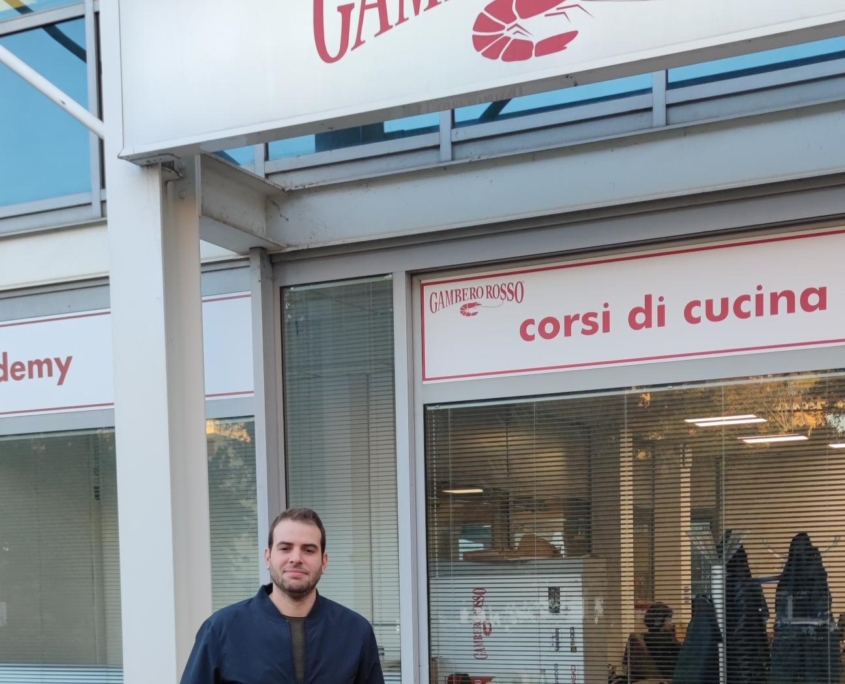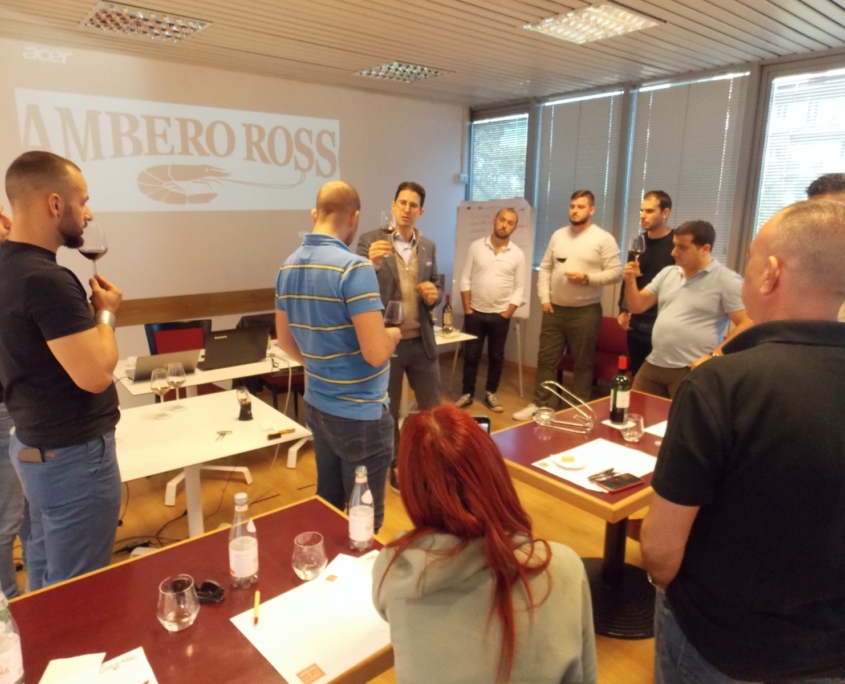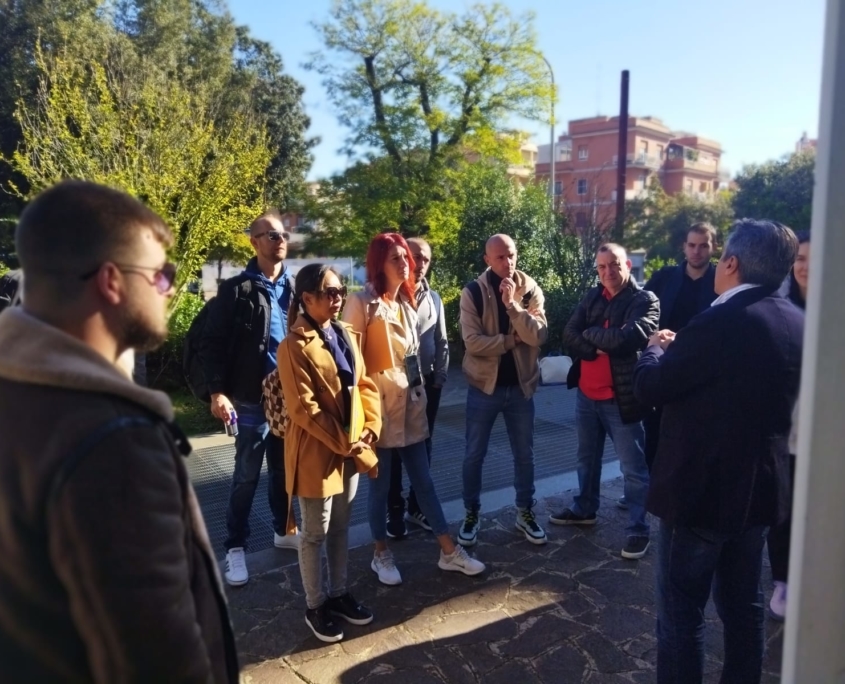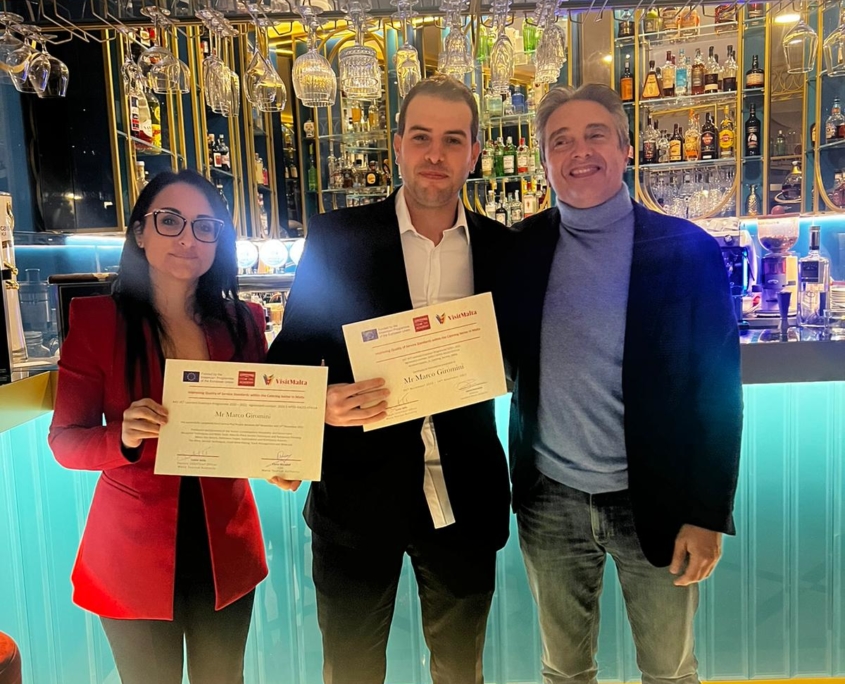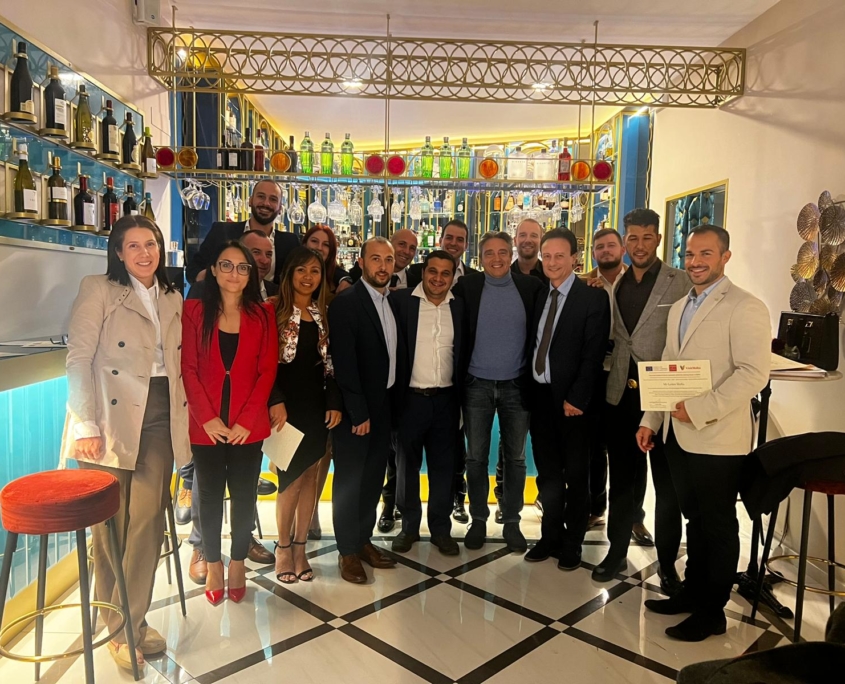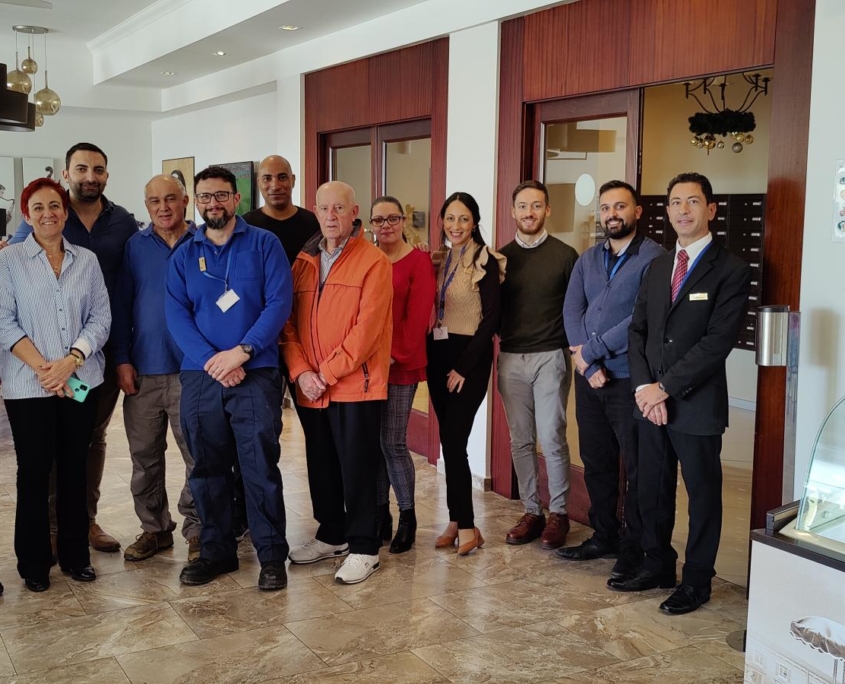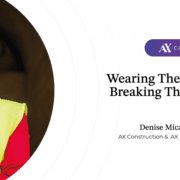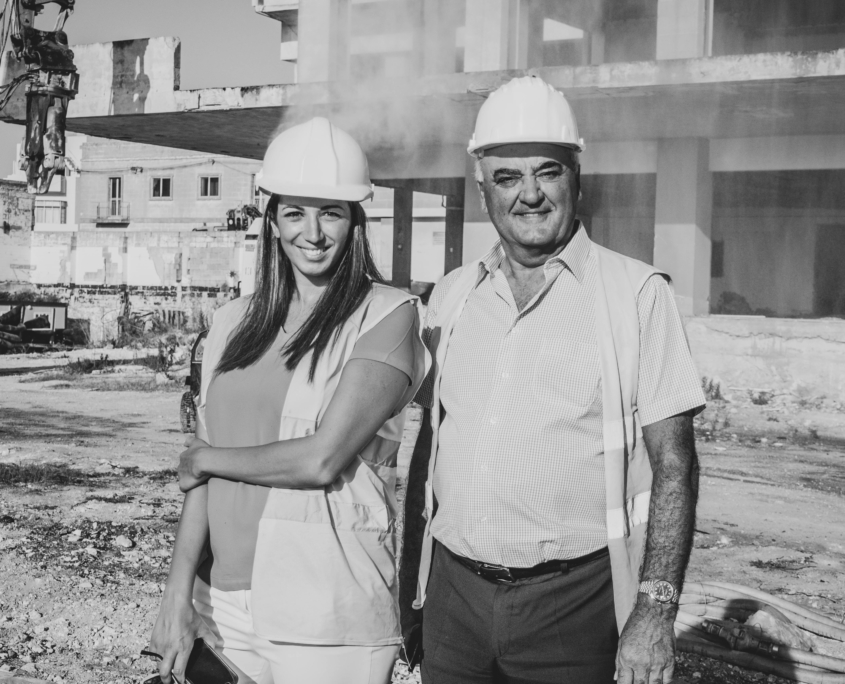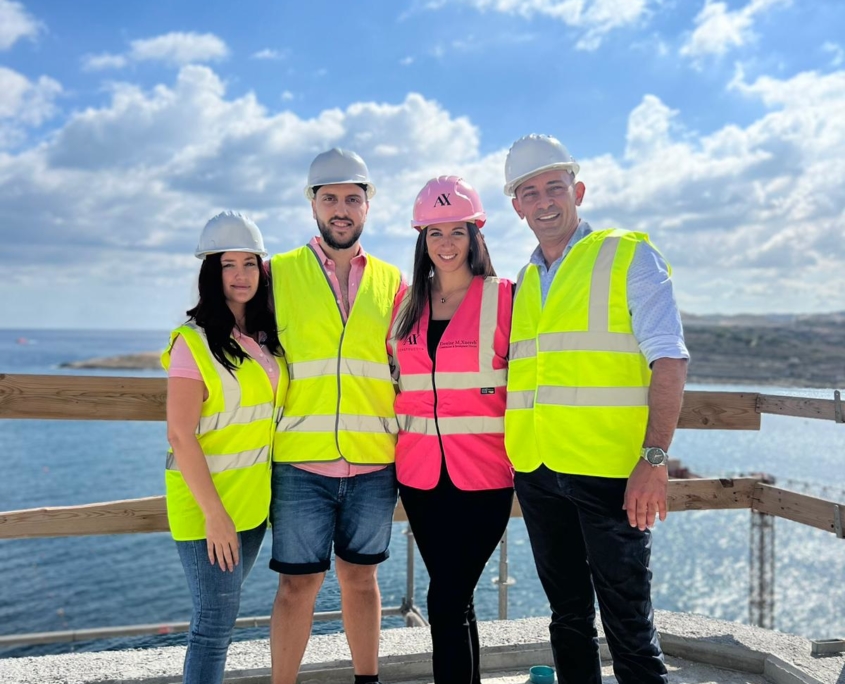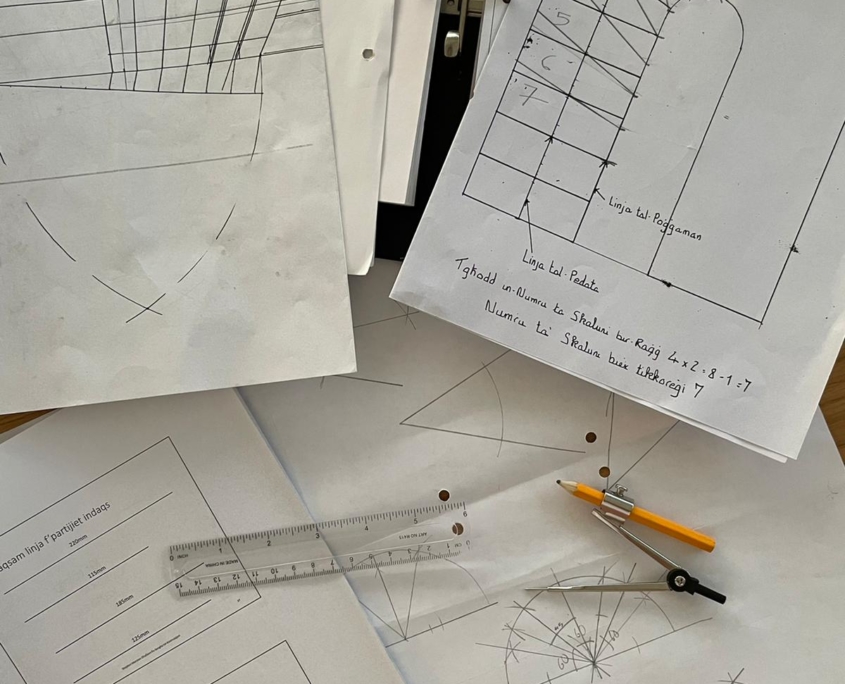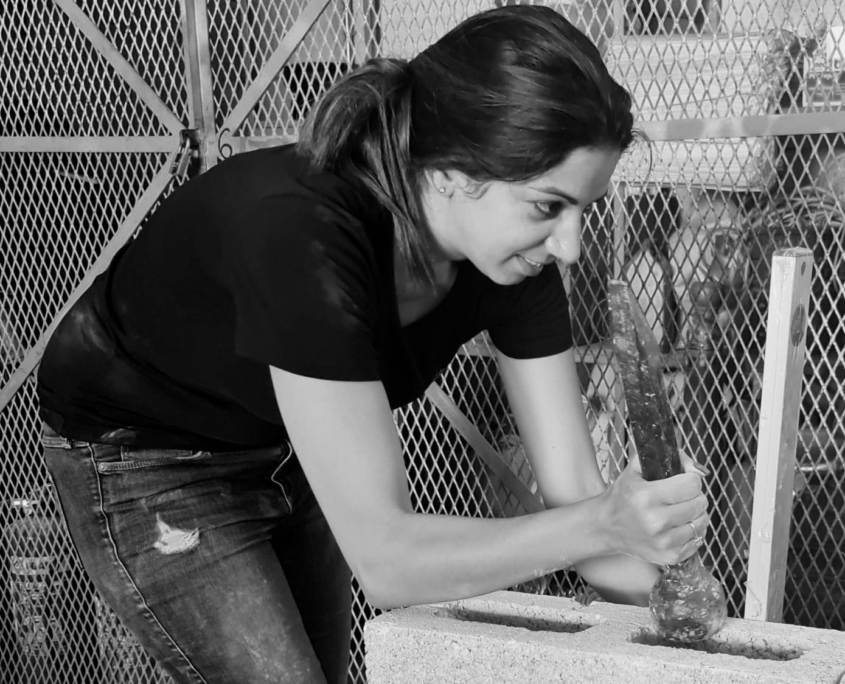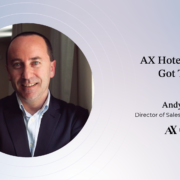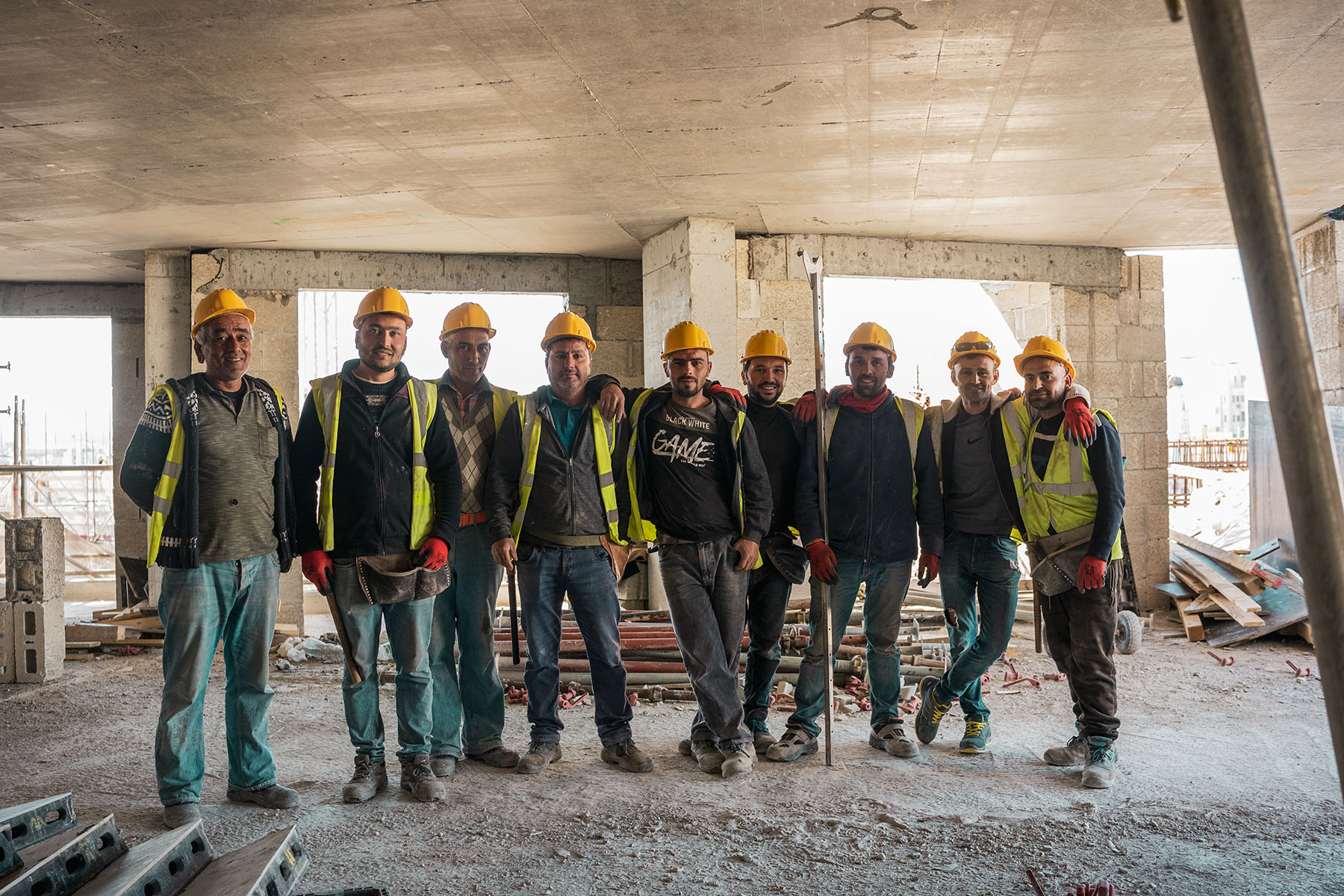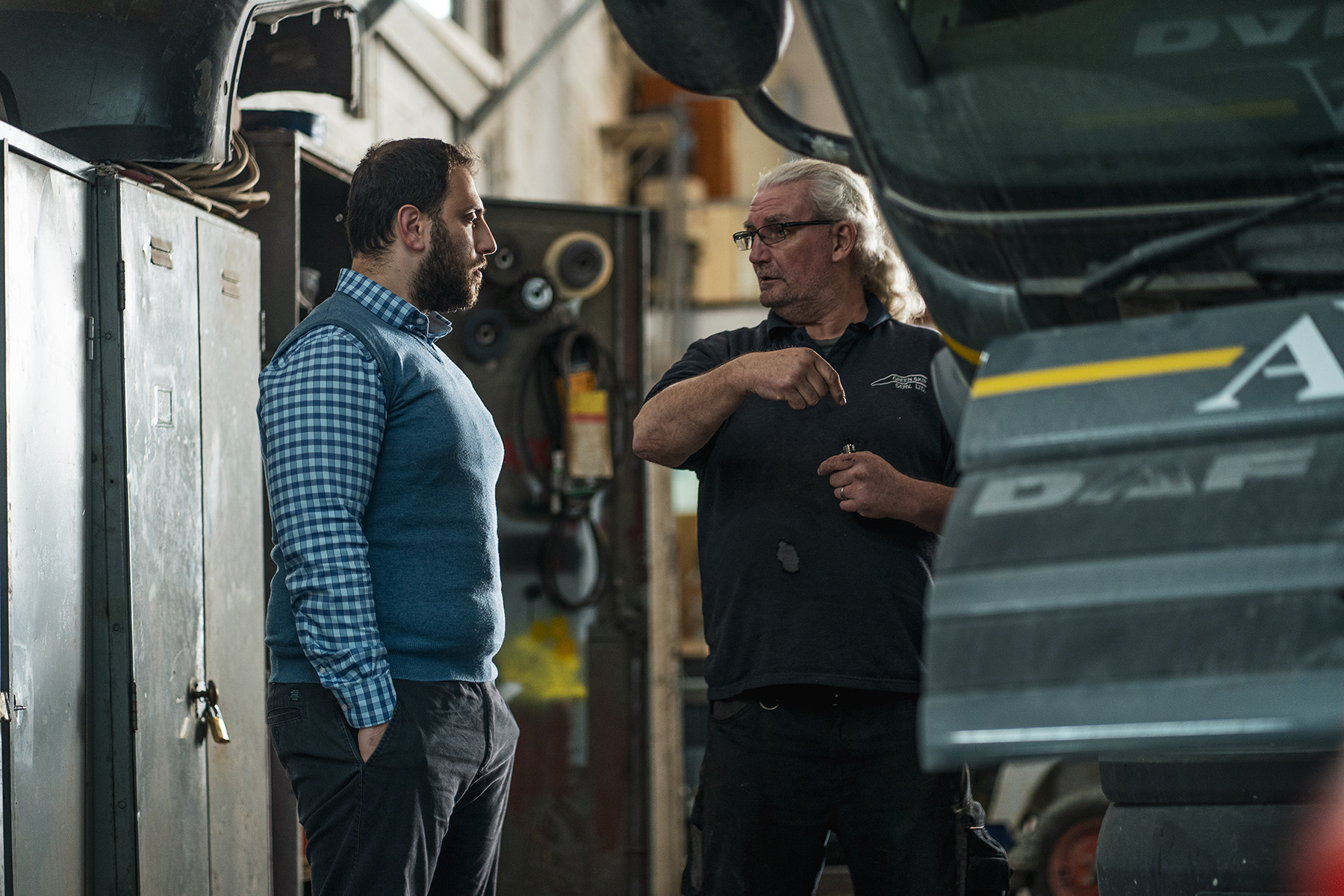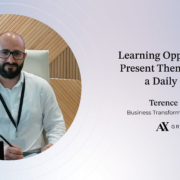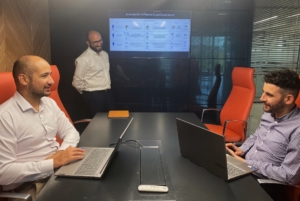World-Class Hospitality is a Lifelong Learning Journey
They say that in hospitality the only thing that is constant is change. Ever since I started my journey into hospitality and catering, I know this to be absolutely true. Over the years, I’ve seen many changes occur over and over again, where new trends, travel realities, and general attitudes within the service industry reshape how we are expected to cater towards our guests and diners. Most recently, the pandemic brought with it significant changes that hotels and restaurants the world over are continuing to adapt to.
For all these reasons and more, I continue to seek out opportunities to learn new skills and knowledge so that in my role as restaurant manager overseeing AX Hotels’ Sliema properties I can continue to deliver the high standards of service the AX brand has become synonymous with.
In November last year, I was lucky enough to spend a week at the renowned Gambero Rosso academy in Rome as part of the Erasmus programme organised by the Malta Tourism Authority. Offered exclusively to restaurant and catering professionals, the programme was a rare opportunity to train directly under the guidance of highly skilled Maitre and Sommelier on all manner of topics related to improving quality-of-service standards in the industry. From all my years of studying and working in hospitality, I can genuinely say that this was a unique and an unforgettable experience from start to finish.
The training itself was a true masterclass in hospitality and service. Throughout the week, we enjoyed classes from three extraordinary tutors, each of whom held a distinguished resume working in 5-star luxury hotels and Michelin-starred restaurants around the globe. They all had a tremendous passion for food, wine, and hospitality that shone through their engaging teaching style, and which welcomed us in as equals. More than just simply educating us, each tutor offered up a wealth of scenarios and episodes from their own experience, which really put the theory and concepts they were teaching us into a grounded context, showcasing how we could apply all that we were learning within our own respective roles.
Over the course of the week, we were given training covering a wide range of skills and topics, including best practices in contemporary hospitality, the differences between traditional and modern service techniques, restaurant planning, food and wine pairing, the history of wine, and so much more.
Personally, I learned many new skills which I instantly knew would better support me in my role as restaurant manager at our hotels in Sliema. I also got to absorb new perspectives on my own ingrained skills and knowledge, which really opened my eyes to different approaches and ways of thinking on servicing diners and guests. In hospitality, there is rarely a one-size-fits-all approach to expertly handle all guests. You need to be cognisant of various ways to meet their requirements, needs, and requests, which can vary depending on a number of factors, from the style of hotel or restaurant you’re working in to how guest expectations differ according to geographical and cultural contexts. Therefore, having an opportunity to soak up more standpoints was a valuable lesson that I know will serve me well going forward.
In addition to the training, I was also looking forward to this trip in Rome as it presented another opportunity for me to experience a hotel stay from a guest’s point of view. Working in the hotel industry, catering to guests on a day-to-day basis, it’s sometimes easy to overlook the simple things which can transform the guest experience into a truly memorable one. As such, I treated my time at the Villa Zaccardi hotel as something of a refresher course in guest hospitality.
Located a mere 10 minutes away from the academy, the hotel was a truly fine place to stay in this beautiful city. Not only were the rooms, facilities, and lovely garden a pleasure to stay in but the staff were an absolute delight. They saw to our every need and were welcoming, sociable, and expertly prepared throughout. As a fellow hospitality professional, it was a pleasure to see such excellent service standards first hand, and the entire hotel experience perfectly complemented the daily training we were receiving at the academy.
Moreover, the trip was also an opportunity to get to know many hospitality professionals working across so many different hotels and restaurants. All the managers and supervisors who attended the course were incredibly talented and everyone showed their passion toward the job, sharing their experiences, and going out of their way to be friendly and helpful. It was an amazing group to be part of and reminded me how lucky we all are to work in an industry where being friendly and courteous to one another is in the job description.
All in all, the entire week of training at Gambero Rosso was a once-in-a-lifetime experience that I would recommend to anyone who is serious about delivering world-class hospitality. Since I returned from the trip, I have been putting all that I learned into practice. I also continue to share all the lessons I picked up with my colleagues at AX Hotels to ensure that we are all delivering a consistent service across the board that is in line with international standards.
While I learned a lot during the experience, I also know there’ll be plenty more to discover in the future as the industry continues to evolve. That’s why I look forward to each new learning experience presented to me with open arms so that I can acquire new skills, challenge my preconceived ideas, try different experiences, meet new people, and continue to enjoy the unique privileges of working in, what I believe to be, the greatest industry in the world.

